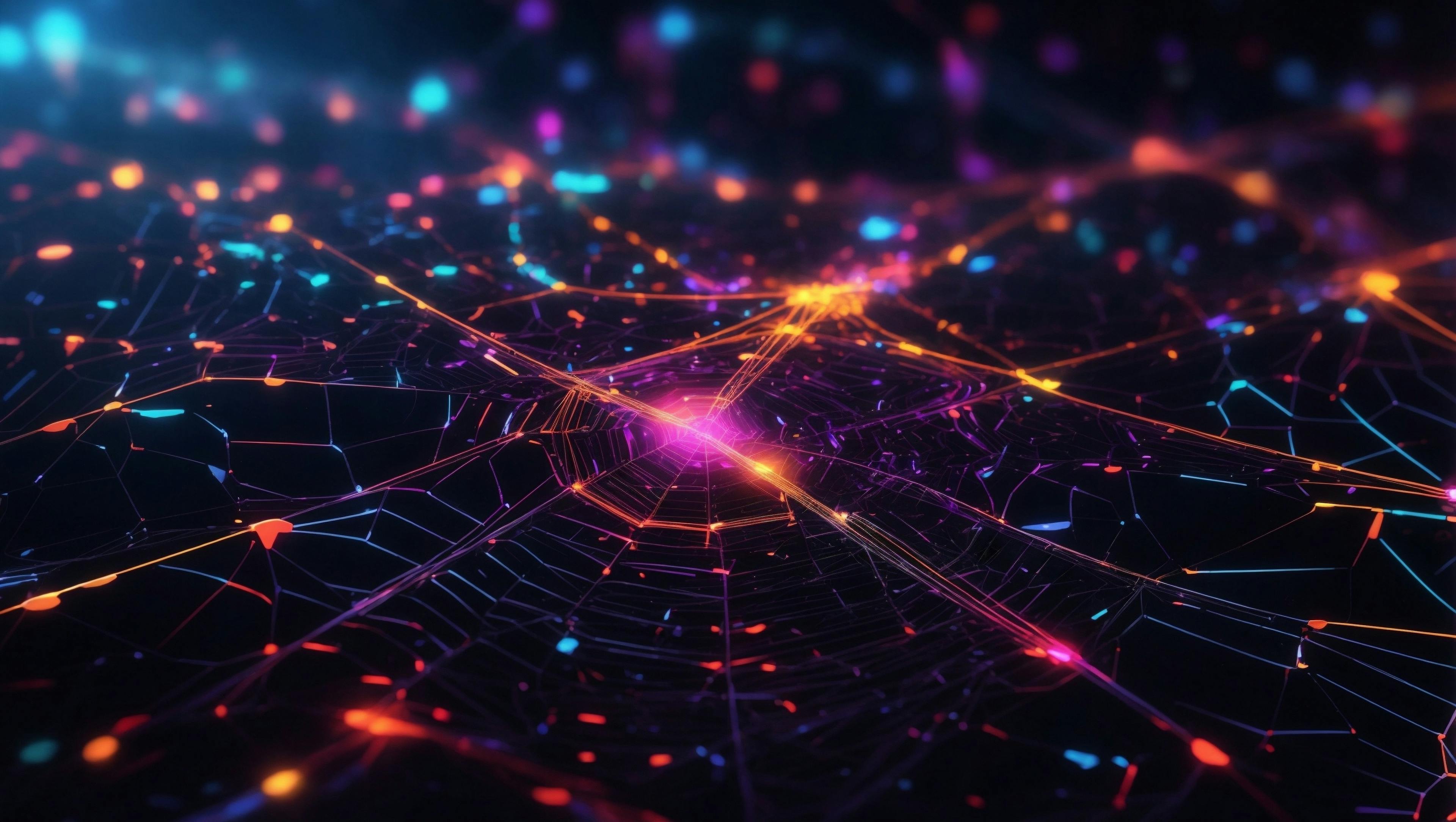In early August 2023, OpenAI announced the launch of GPTBot, a new web crawler designed to traverse the internet and collect publicly available data. This data will then be used to train and improve OpenAI's AI models, including their popular conversational agent ChatGPT.
On the surface, web crawling is nothing new - search engines like Google have relied on crawlers for decades. However, GPTBot comes at a time when there is heightened scrutiny around how tech companies acquire and utilise training data for AI systems. Its release sparked debates about copyright, data privacy, and the business incentives behind building ever-more-powerful AI.
While allowing access provides a way to potentially advance AI capabilities, website owners now face the question of whether to permit this new crawler on their site. In this article, we'll take an in-depth look at what exactly GPTBot is, how it operates, concerns around its data collection, and steps site owners can take to control its access.
What is GPTBot?
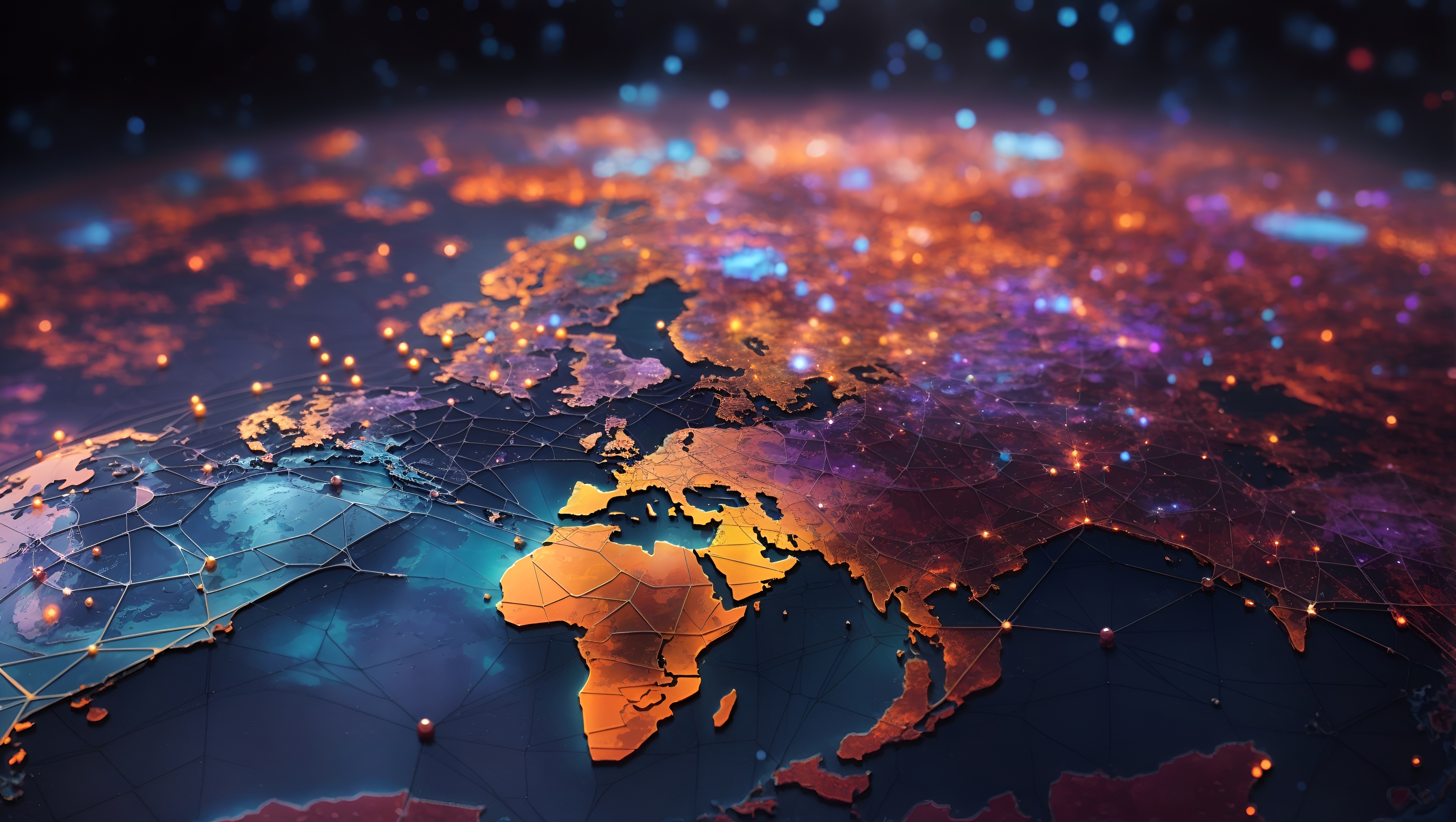
GPTBot is a web crawler created by OpenAI to gather text data to improve AI models like GPT-4 (and soon, GPT-5). Web crawling involves automated browsing and scraping of websites to build datasets for training AI systems. This is a common technique used by search engines like Google and other tech companies.
GPTBot operates by programmatically surfacing the web and extracting text, links, images, and other data from public sites. It scrapes and processes all this data to generate corpora to train cutting-edge AI models.
OpenAI's goal with GPTBot is to expand the knowledge base that current AI lacks in order to make models more capable, accurate, and safe. By exposing models like GPT-4 to more data through web crawling, OpenAI aims to improve their reasoning, reduce errors, and enable more nuanced, human-like responses.
However, web scraping does raise concerns around copyright issues if content is improperly reproduced. OpenAI claims GPTBot will filter out any paywalled, illegal, or personally identifiable data sources. The company also allows webmasters to opt out of data collection through robots.txt.
How does GPTBot Work?
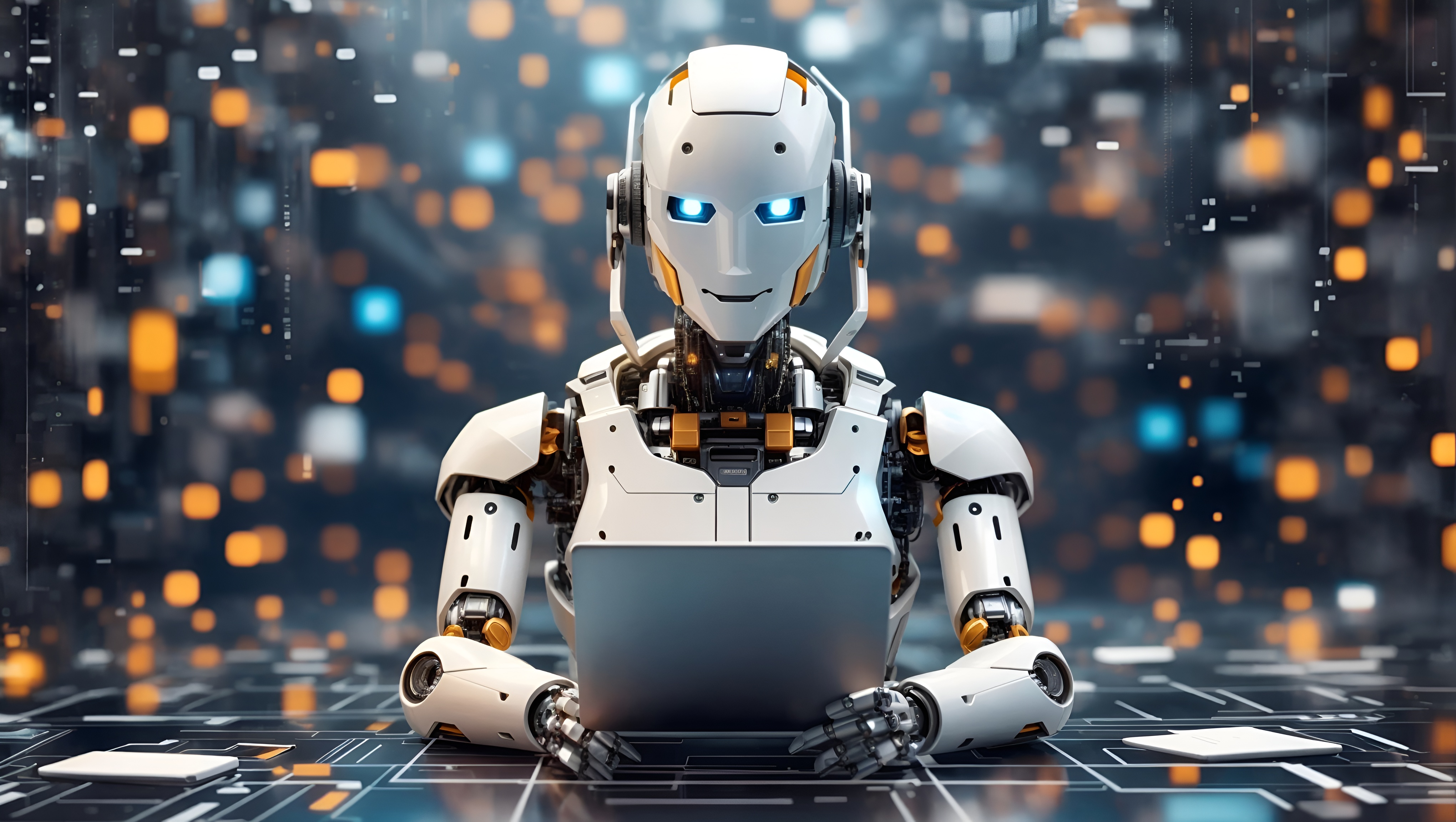
GPTBot is OpenAI's web crawler that aims to improve future AI models by scraping publicly available data from websites. Here's a closer look at how it operates:
GPTBot identifies potential websites to crawl through analysing sitemaps, backlinks, and other public sources. It seeks out sites with high-quality content that could enhance AI training data.
Once a site is selected, GPTBot extracts text, processes media, and renders JavaScript to access full page content. It applies optical character recognition to images with text and converts audio/video to transcripts where possible.
As content is extracted, GPTBot filters out anything that violates OpenAI policies, contains personally identifiable information, or is behind a paywall. This scrubbing process aims to only collect publicly accessible data within ethical bounds.
According to OpenAI, GPTBot has likely crawled billions of web pages so far. This massive data gathering enables training future AI on a huge diversity of text and knowledge.
However, GPTBot does have limitations. Complex interactive web app content, highly dynamic JavaScript, and multimedia can't fully be processed yet. But its capabilities are continuously improving.
In summary, GPTBot leverages site backlinks, sitemaps, and other public signals to discover high-potential sites. It then uses a variety of techniques to extract text, filter data, and compile a vast training corpus for developing more capable AI models.
Benefits of GPTBot to AI Advancement
OpenAI's release of the GPTBot web crawler provides several key benefits that can advance AI capabilities. By crawling the public web, GPTBot amasses a vast dataset to improve reasoning, reduce errors, and enhance safety in future AI systems.
Exposure to more diverse sources of data gives models like ChatGPT the ability to understand nuance, evaluate context, and provide responses that are more relevant and helpful. As GPTBot brings in current information from across the web, models can also access more up-to-date knowledge to answer user queries.
According to OpenAI's documentation, GPTBot filters out paywalled, illegal, or unethical content. This curation focuses training on legal, public sources. Overall, the transparency around data collection and opt-out controls allows willing participation in a crowdsourced effort to advance AI.
There are already real-world examples of how systems like ChatGPT can benefit people by providing conversational access to accurate information. Medical professionals are testing these tools to enhance diagnoses and patient care. Students gain free access to a 24/7 tutor. The potential continues to grow as models improve through expanded datasets.
While GPTBot takes a big step, some limitations remain - e.g. once released, the training data is fixed and the information slowly becomes outdated. Unique tools like Nack AI go even further by enabling models like GPT-4 and Claude-2 to search the web in real-time. It can provide truly current information and citations. As AI capabilities progress, it will be important to continue pushing for transparency, ethics, and the sharing of benefits across society.
Concerns About GPTBot
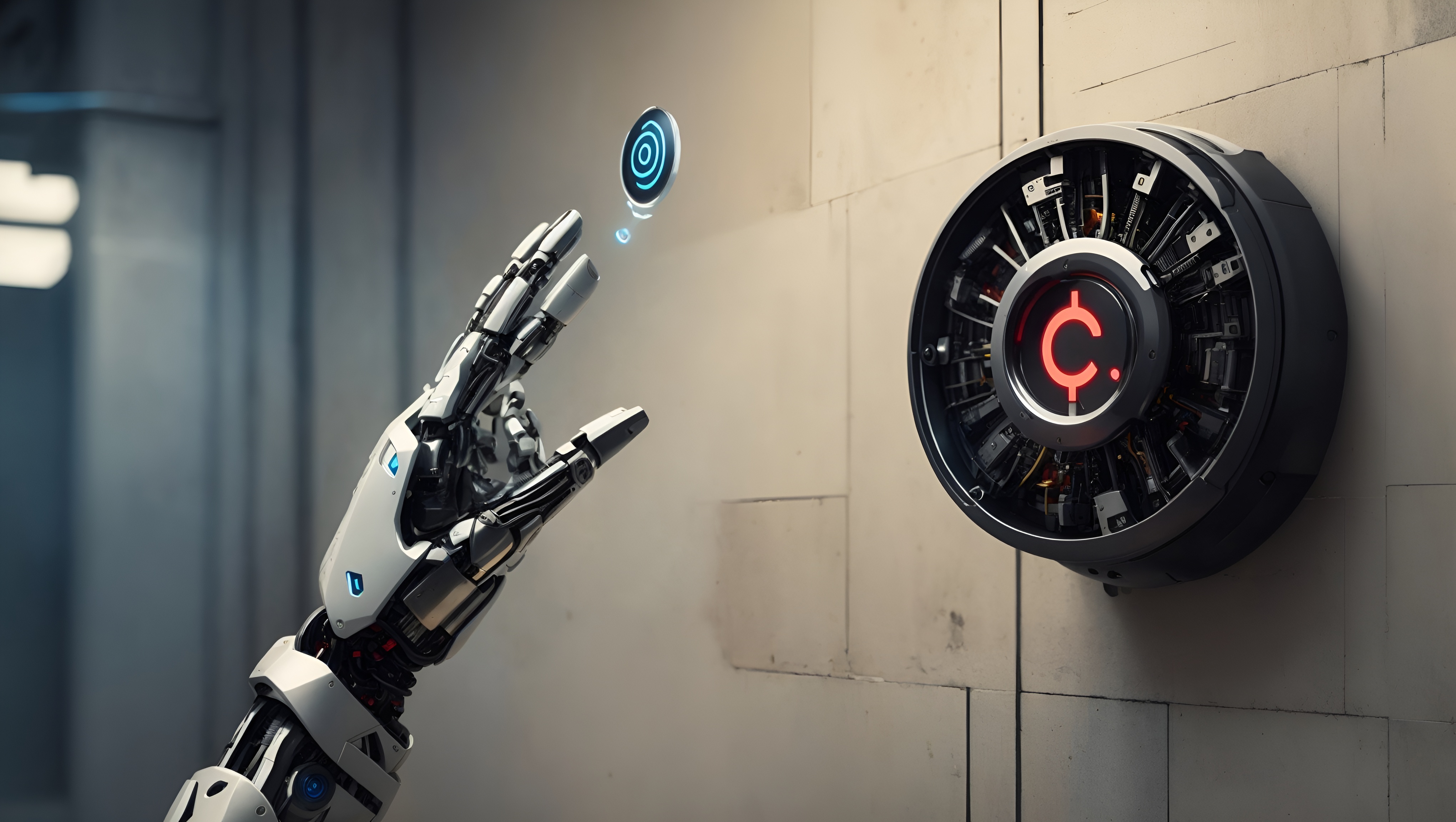
OpenAI's release of GPTBot has sparked debate and raised concerns around the ethics and legality of using data scraped from public websites to train proprietary AI systems.
One major issue is copyright infringement. GPTBot could potentially scrape copyrighted content like images, videos, music, and text from websites without permission from the owners. Since ChatGPT does not currently cite sources, using this data to train AI models may constitute copyright violation. There are also questions around how GPTBot handles licensed media found online.
Another concern is privacy and personal data. Although OpenAI claims GPTBot will filter out sources with personally identifiable information, experts worry it could still inadvertently collect private data that ends up training AI models. This raises potential GDPR compliance issues.
Some critics argue there is no benefit for webmasters to allow GPTBot access, unlike search engine crawlers that drive traffic. Allowing it provides no incentive while enabling advancement of commercial AI products using their content.
There is also a risk that AI-generated text scraped by GPTBot could get fed back into training, degrading the quality of models. The lack of citation in AI systems also means original creators do not get attribution when their work contributes to commercial applications.
While following robots.txt is a good start, many want more transparency from OpenAI on how scraped data will be used as it rapidly commercialises AI. There are calls for AI companies to share profits if they profit off of public web data.
How Website Owners Can Control GPTBot Access

Website owners have a few options to control GPTBot's access to their sites. The primary method is using a robots.txt file.
To block all access, add the following to robots.txt:
User-agent: GPTBot\
Disallow: /
This will tell GPTBot to avoid crawling any pages on the site.
Other options include:
- Using IP address filters if you know the ranges GPTBot uses. OpenAI publishes these IP ranges on their site.
- Implementing scraping protections like time delays, bot detectors, obfuscation, etc. Treat GPTBot like any other scraper.
- Requiring logins or subscriptions to access content. GPTBot doesn't access paywalled data.
- Monitoring traffic and blocking suspicious levels of activity.
- Submitting DMCA takedown notices if copyrighted content is scraped.
The main takeaway is that GPTBot adheres to the standard robots.txt protocol that ethical scrapers follow. So website owners have all the usual tools to control access. The best approach is to decide what content GPTBot can safely view to potentially improve AI, while protecting proprietary data.
Global Perspectives on Web Crawling
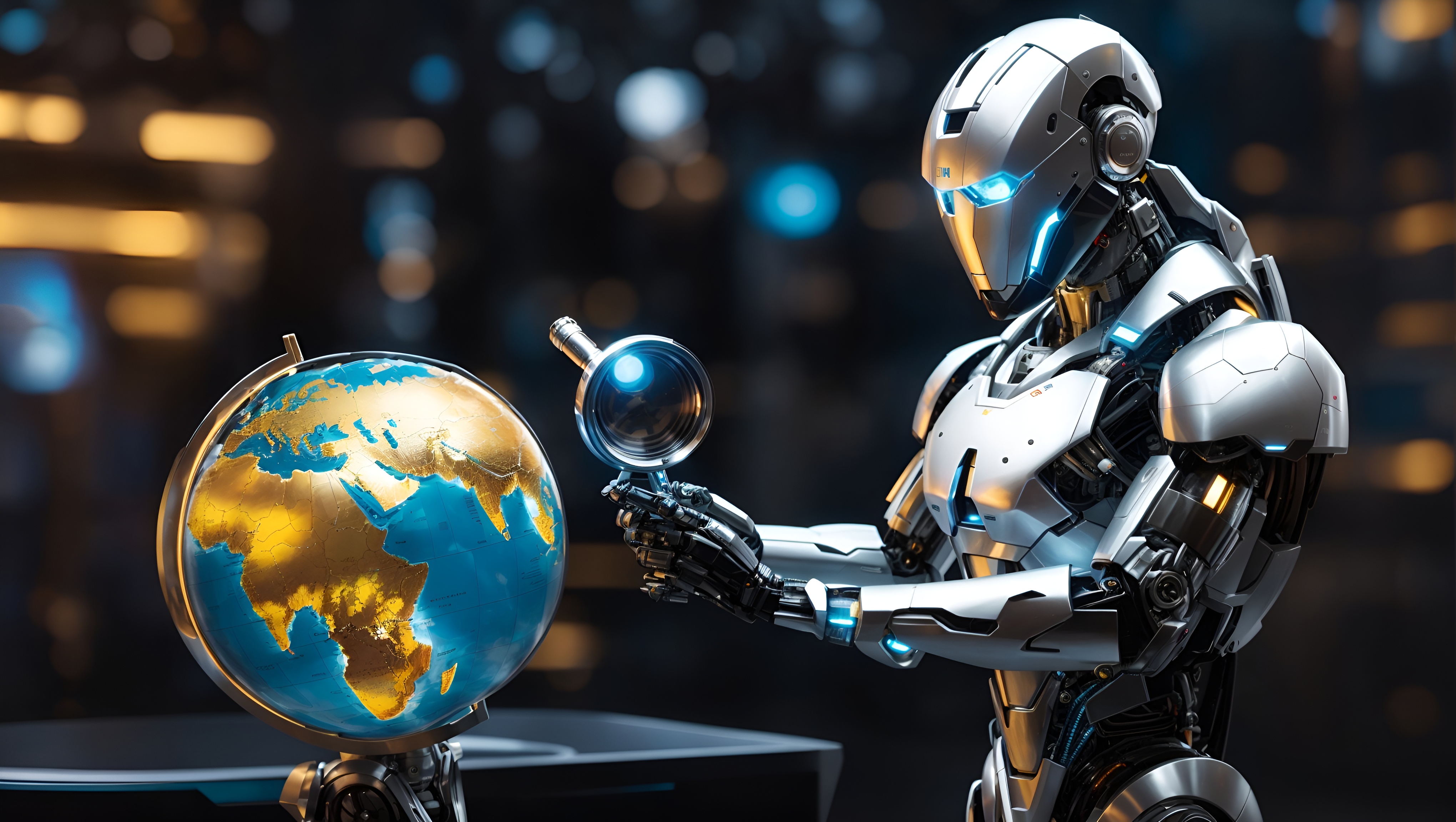
Web crawling and scraping raise complex ethical and legal issues that vary across countries and cultures. In Europe, GDPR imposes strict regulations around using personal data, so European countries tend to take a cautious approach to web scraping. China also restricts scraping through cybersecurity laws.
In contrast, the United States has weaker privacy laws and a cultural emphasis on free speech and open data access. U.S. courts have generally ruled web scraping public data is legal. However, recent lawsuits against AI companies suggest growing concerns about copyright and ownership of online content.
Developing countries face a different set of challenges. Lacking resources to develop homegrown AI, they often rely on systems trained on datasets from wealthier regions. This raises questions of localization and relevance of the training data.
Overall, perspectives differ on the extent to which publicly available data should be considered "fair game" for commercial AI systems. While following opt-out procedures shows progress, many believe AI companies should more actively collaborate with data sources through licensing agreements and profit sharing.
A global framework on responsible AI data sourcing would balance public good, transparency, consent, and commercial interests. However, achieving international consensus remains a complex challenge. For now, AI companies should prioritize open communication to build trust across divergent national and cultural viewpoints.
Continuous Ethical and AI Evolution
As AI technology continues to rapidly advance, emerging capabilities bring new ethical challenges that require thoughtful adaptation. OpenAI and other leading AI companies have a responsibility to proactively address these evolving societal impacts.
One approach is establishing ethics review boards with diverse perspectives to provide guidance and oversight throughout all stages of development. Frequent audits of model training data, intended uses, and potential harms can help identify issues early when mitigation is easier. Ongoing collaboration with civil rights groups, policymakers, and other stakeholders is also key to ensuring models align with shared values.
Transparency around how user-generated content gets used for training is another critical area needing improvement industry-wide. Clarifying citation practices, obtaining opt-in consent where feasible, and exploring attribution mechanisms could demonstrate respect for content creators' rights and agency over their data.
Ultimately, responsible AI development is a process requiring continuous reassessment, not a fixed achievement. Maintaining two-way communication with the public and adapting practices in response can help sustain alignment with end-users' evolving expectations.
With thoughtful vigilance, leading companies like OpenAI have an opportunity to pioneer ethical AI that enhances lives.
The Future of GPTBot and Web Scraping
GPTBot represents a major shift in how AI companies like OpenAI collect data to train their models. By creating a transparent web crawler, OpenAI is trying to gather publicly available data in a more ethical way. However, many questions remain about how this data will be used.
Some key trends to watch with GPTBot include:
- Expansion to multilingual data collection: OpenAI may be expanding GPTBot beyond English websites. This could dramatically increase the training data available for models like ChatGPT that support multiple languages. However, it also raises concerns about copyright and licensing of non-English content.
- Continued growth of GPTBot's capabilities: As a dedicated web crawler, GPTBot will likely expand to gather more diverse data from around the web. Features like processing images, videos, and other media could be added. This growth could accelerate the release of future AI products.
- Ongoing debate around data privacy: While OpenAI filters sensitive data, experts warn scraped content may still contain private info accidentally. Stricter data regulations could impact what GPTBot gathers. There are also questions around anonymising scraped data.
- Alternatives to central data collection: Some advocate for techniques like federated learning where models are trained on-device rather than sending data to a central server. This approach better protects user privacy but is technically challenging to implement.
Overall, GPTBot signals a new phase in AI data collection. But concerns linger around copyright, licensing, privacy, and the need for transparency. OpenAI must continue engaging with the public as GPTBot and its future AI systems continue evolving.
Conclusion
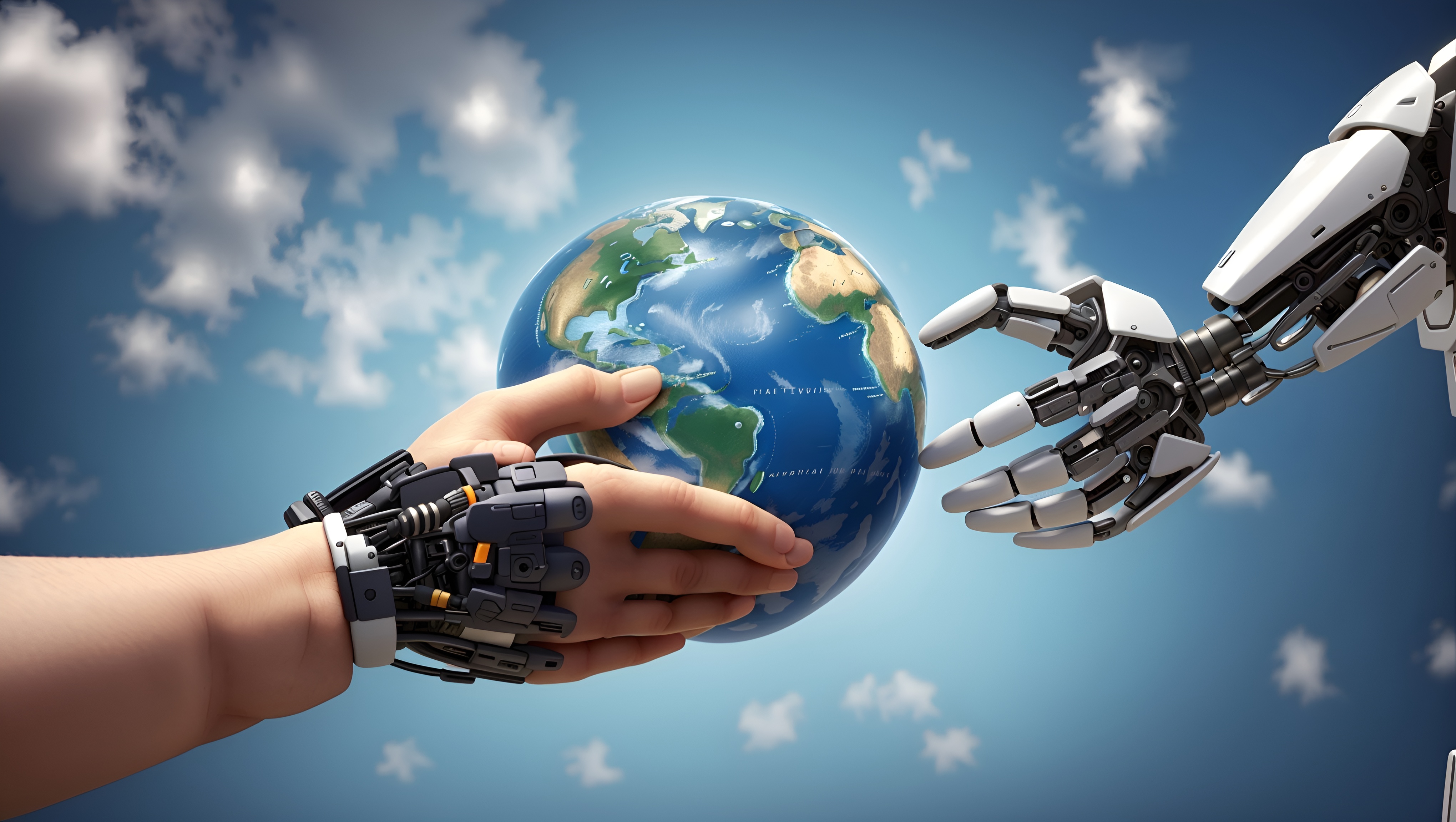
GPTBot represents a significant development in OpenAI's journey toward more responsible and transparent AI. By providing opt-in and opt-out controls, OpenAI empowers website owners to decide whether to contribute their public data. While intellectual property and privacy concerns remain, OpenAI's release of IP ranges and other details exhibits their commitment to openness. At Nack AI, we've always made privacy a priority, and ensure that users data is not used to train models further, and that private data remains private.
As AI capabilities rapidly advance, it's crucial that companies balance innovation with ethics. Tools like GPTBot move in the right direction by enabling participation in data collection instead of scraping websites covertly. Still, more progress must be made regarding citing sources and properly licensing content.
Overall, responsible web scraping can further AI in many positive ways. But it requires an ongoing partnership between tech companies and content creators to find solutions that benefit everyone. If stewarded conscientiously, AI has immense potential to augment human intelligence for the greater good.
